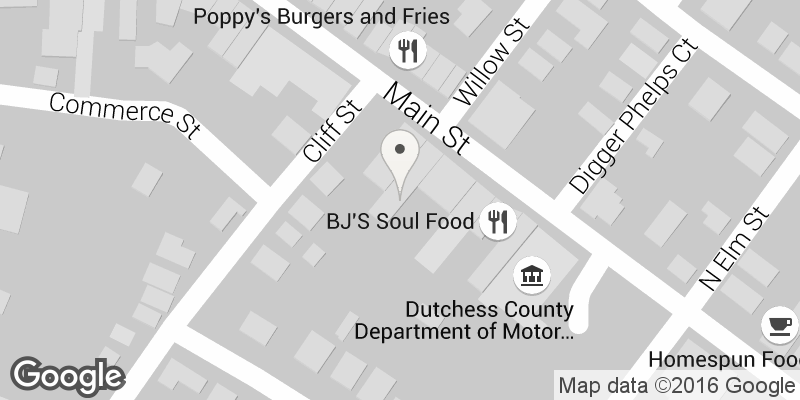Editors Note: This is the second installation of Shane Rogers' continuing diary about his Norwegian research trip under a Fulbright Scholarship. More to come. ~ JC
I spent today laying lines of kelp for one of the ongoing research projects just outside of Trondheim with my colleagues at SINTEF Fisheries and Aquaculture.
You may not know it, but seaweeds are not only a food resource (and for more than just sushi wraps!), but also a feedstock for a variety of useful products such as alginates, iodine, and mannitol. More recently, there is growing interest in the use of seaweeds for fish food, or even livestock feed. All of these processes produce waste products; in a carefully designed system, these wastes could be recovered for energy and additional nutrients, increasing the value of the system.

Sushi wraps and spherification of apple juice using alginates via Wikipedia
In fact, this idea pretty much sums up a biorefinery: a facility that integrates biomass conversion processes and equipment to produce fuels, power, heat, and value-added chemicals from biomass.
The great thing about a macroalgae biorefinery is that macroalgae are primary producers –organisms that produce biomass from inorganic compounds -- in this case using photosynthesis. This means that products derived from seaweeds involve much less energy cycling to produce, and are also carbon-friendly. Even the sea otters know this!
Another great thing is that their growth occurs in the ocean, where there is no competition for land-based agriculture and no demand on increasingly stressed freshwater resources.
Third, growing seaweeds in the ocean allows recovery of nutrients otherwise wasted from anthropogenic (human-made) sources such as wastewater treatment plants, fish farming operations, or urban and agricultural runoff -- nutrients that could lead to ecosystem degradation in coastal environments if left unchecked.

Seeding kelp lines in the laboratory via SINTEFF Fisheries and Aquaculture
So today, we laid seaweed lines as part of a research project to determine how growth within nutrient rich plumes near fish farmingoperations alters their growth rate and composition (which affects the quality of the products that we can make from them).
Seaweed farming is rather simple, actually. It starts with production of seaweed from spores in the laboratory by seeding long spools of string, and allowing them to grow in tanks with grow lights. We did this a few weeks back.
After they start to grow, the strings are wound around ropes to provide structural stability for growth in the ocean. We accomplished this using a small mechanical device that was built by students at NTNU for this purpose. In the device, the rope is fed through automatically, and the seeded string wound around the rope after being tied on.

Feeding system - the string is being changed from one spook to another to continue the attachment of seaweed to the long line; close-up view of the inside of the machine and while the finished spool is being changed; and opposite side of the machine automatic winding of the string around the long lines. This machine was designed and constructed by students at NTNU for this purpose.
We took the wound long lines out to the farm site -- in this case the background site where there was no fish farm -- and attached them to mooring lines that were previously set. It could not have been a better day for the work -- beautiful weather along the magnificent Norwegian coastline made the day's work progress quickly.
Based on the typical growth times, we will be revisiting the farm in May or June to harvest our seaweed. I look forward to seeing how well it has grown and also to learn more about the effects of nutrient enrichment on growth rate and composition of this crop of the future. Stay tuned!!!
In the meantime, below is some additional information on Primary Producers and Biorefineries followed by a small slideshow of the beautiful coastline where we deployed our farm – enjoy!




